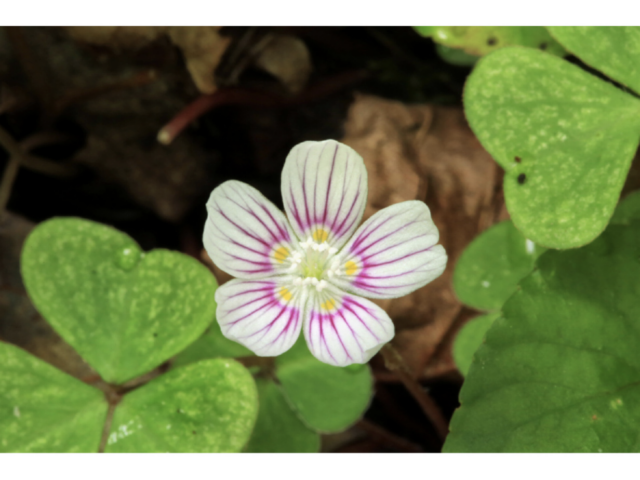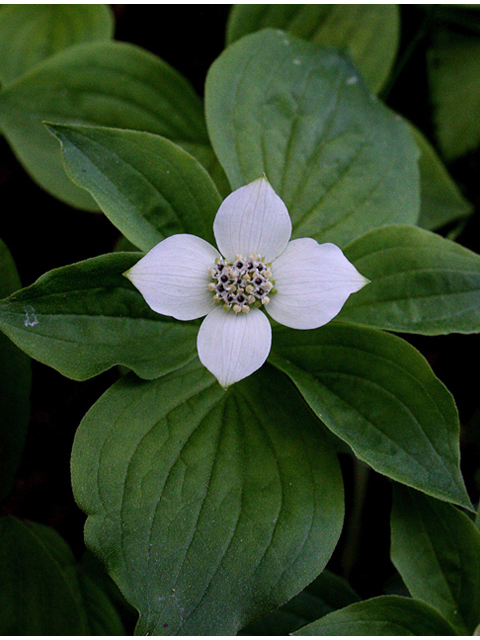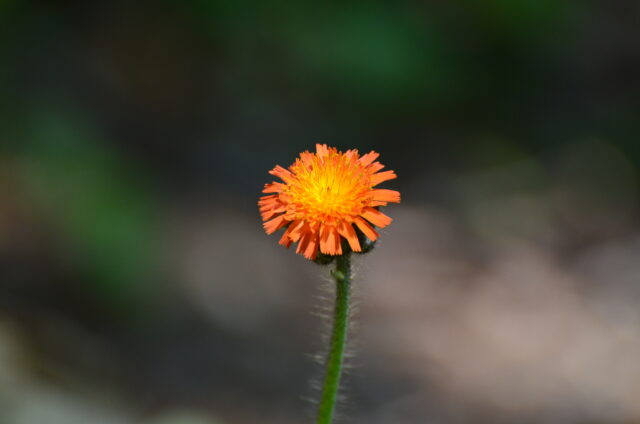Rebecca Durnick, SCA Interpretive Ranger
Many of the spring wildflowers that bloom for a short period start wilting by July. Don’t let that get you down, the spring ephemerals (plants that are short-term) are making way for the summer plants. Some summer plants have already bloomed, but many are on their way. This blog will help you to identify some common summer wildflowers. You can find many of these plants at New Hampshire State Parks.
Wood Sorrel

Wood sorrel (Oxalis montana) is a native wildflower to New England. It can be found low to the ground. The three smooth leaflets look like clover, but the heart shape sets it apart. Wood sorrel blooms in July. The flowers are white and pink striped. This plant can be found in the forest. Wood sorrel is shade tolerant and can be found under tree cover where other wildflowers are not present.
Bunchberry

A classic Northeastern flower is the bunchberry (Cornus canadensis). Bunchberry can be found in a variety of habitats such as mixed forests, coniferous forests, and wetlands. This low-growing plant is currently flowering and will bloom into August. There are 4 white petals on this plant. This plant has 4 leaves it isn’t flowering and 5-7 leaves when flowering. Bunchberry leaves turn purple or brown, red in the fall. Later in the summer, this plant will have a cluster of bright red berries. Bunchberry is an important food source for mammals (deer, squirrels, etc.) and birds.
Whorled Wood Aster

Another native plant to New England is the whorled aster (Oclemena acuminata). This plant can be found in deciduous and mixed wood forests. You can identify this plant by its zig-zagging hairy stem. The leaves have a toothed (bumpy) edge and a pointed tip. Like other asters, this plant has two different flower types. The disk flowers are at the center of the flower and are a red and yellow color. The ray flowers are on the outside of the disk flowers. They are normally white in color but can appear purple. The seeds are a food source for insects, small mammals (chipmunks, squirrels, etc.), and birds.
Orange Hawkweed

Orange hawkweed (Hieracium aurantiacum) aka fox-and-cubs is a beautiful summer wildflower. This plant has bright orange flame-colored flowers. The stem is hairy and green.
Orange hawkweed was introduced from Europe to the US because of its beauty. This flower is now widespread across meadows and grasslands. Although very beautiful this flower is an aggressive invasive. Orange hawkweed produces toxic chemicals that inhibit other plants. Orange hawkweed spreads quickly through seed production. Hawkweed can out-compete many of the native plants.
Learn more about other invasive species and how to help from Ranger Becca’s article linked below.
References:
Forever Wild Adirondacks. (2023). Explore the Adirondack Mountains. Adirondack Nature. https://wildadirondacks.org/index.html
Native Plant Trust. (2023). Go botany. https://gobotany.nativeplanttrust.org
Lady Bird Johnson Wildflower Center. (2023, June 27). The Botanic Garden of Texas. https://www.wildflower.org/

